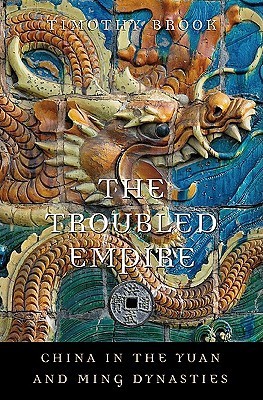What do you think?
Rate this book


336 pages, Hardcover
First published October 30, 2010
“The following spring, bitter cold caused bamboo to freeze and the Yangzi estuary to ice over. The next winter, snow blanketed the entire delta to the depth of a meter. The harbors on Lake Tai froze, forcing all boat traffic to cease. Animals perished in great numbers.”~Chapter 3: The Nine Sloughs, page 54.
“Elegance was a tough criterion to master, tough enough to stump the nouveaux riches. It could even be tough enough to put emperors at a disadvantage, which was the point.”~Chapter 8: The Business of Things, page 191.

Collection of calligraphies and paintings of Dong Qichang (1555–1636) in the later period of Ming dynasty. Dong Qichang’s works were seen as one of the hallmarks of elegance.